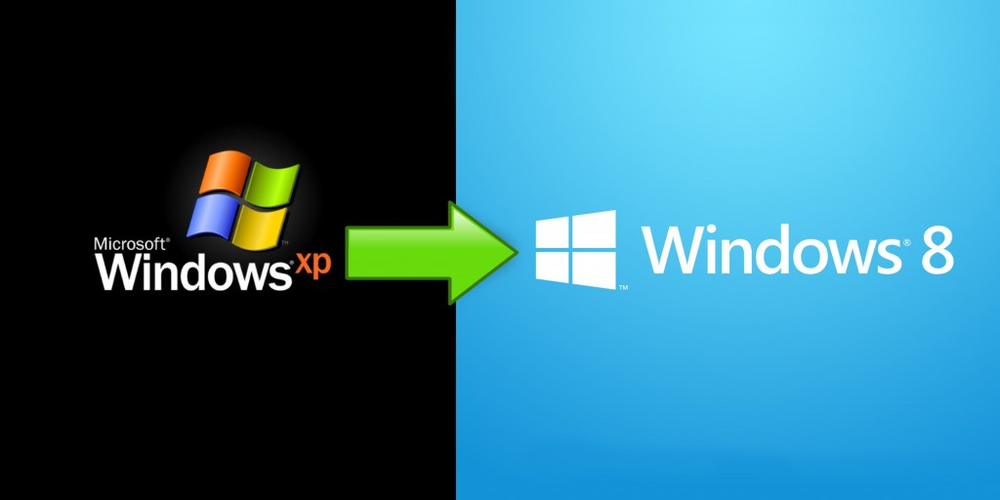From Windows XP to Windows 10: The Evolution of End-of-Life Notifications
- Apr 23, 2024
- 0

The landscape of operating system notifications has undergone significant transformations, particularly as Microsoft navigated the complex process of informing users about the end-of-life (EOL) statuses of its Windows products. From the gentle nudges in the era of Windows XP to the more assertive, and at times controversial, tactics employed with Windows 7, the journey reflects a broader narrative of changing digital communication strategies. This article explores the evolution of Microsoft's EOL notifications, providing insights into how the tech giant has adapted its approach to keep users informed and secure in an ever-evolving digital world.
A Polite Beginning: Windows XP's Farewell
The end of life for Windows XP marked one of the initial major test cases for Microsoft in managing the transition of its global user base to newer operating systems. With a simple, dismissible pop-up message, Microsoft set a precedent for how it would initially handle such transitions. This approach was characterized by an emphasis on user choice and minimal disruption, a strategy that was both informative and respectful of the user's autonomy.
The Vista Silence
In a departure from its previous approach, Microsoft opted not to implement an EOL notification system for Windows Vista. This decision reflected a broader era in technology where user communication and support strategies were being reevaluated. The absence of EOL notifications for Vista underscored a period of experimentation and learning for Microsoft, as it navigated the balance between informing users and respecting their choices.
Aggressive Tactics with Windows 7

The strategy took a sharp turn with Windows 7, as Microsoft introduced a series of increasingly persistent notifications. The introduction of the Get Windows 10 (GWX) app marked a controversial chapter in the company's history. What began as a tool to facilitate the transition to Windows 10 evolved into a source of frustration for many users. The tactics employed, from confusing language in the upgrade box to altering the behavior of the pop-up's close button, signaled a more aggressive approach to managing the EOL transition.
The Backlash and a Return to Gentler Methods
The backlash from the Windows 7 upgrade campaign led Microsoft to reconsider its approach once again with Windows 8.1. The company returned to a more user-friendly strategy, employing apologetic language and a gentler tone in its EOL notifications. This shift was likely influenced by the feedback from the Windows 7 campaign, as well as a recognition of the need to maintain trust and goodwill among its user base.
Windows 10 and Beyond: A New Journey
As Windows 10 nears its end of life, Microsoft has introduced a new strategy for encouraging users to upgrade. With full-screen messages that invite users on a "new journey with Windows," the company is blending the informative nature of its early notifications with a more engaging and visually appealing approach. This latest evolution reflects a continued effort to adapt to user expectations and the dynamics of the digital world, emphasizing the importance of security, support, and staying current in an ever-changing technological landscape.
Conclusion: The Evolution of EOL Notifications
The journey from Windows XP to Windows 10 showcases the evolving strategies Microsoft has employed to inform users about the end of life of its operating systems. From polite notifications to aggressive tactics and back to a more balanced approach, these shifts reflect broader changes in technology, user expectations, and the digital communication landscape. As Microsoft continues to navigate these challenges, the evolution of EOL notifications offers valuable insights into the complexities of maintaining security and user trust in the digital age.